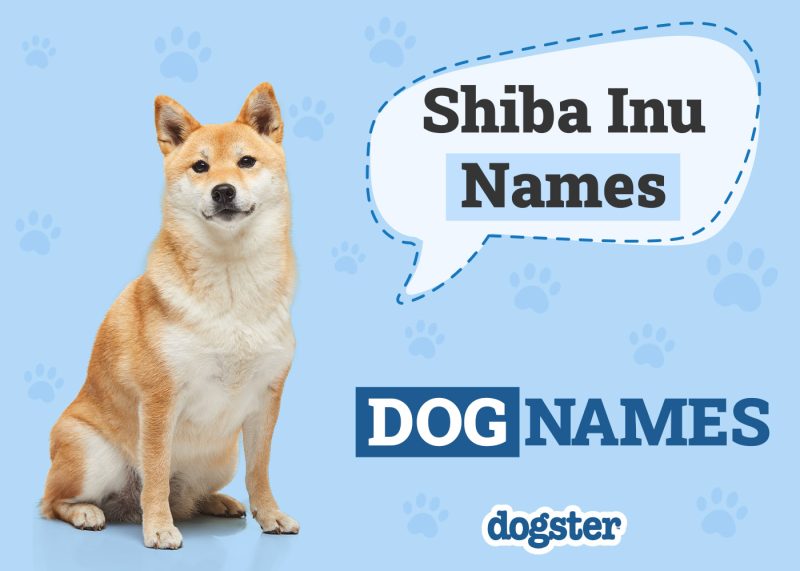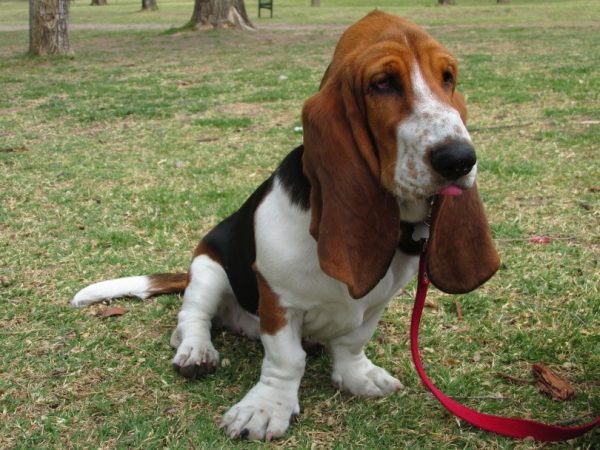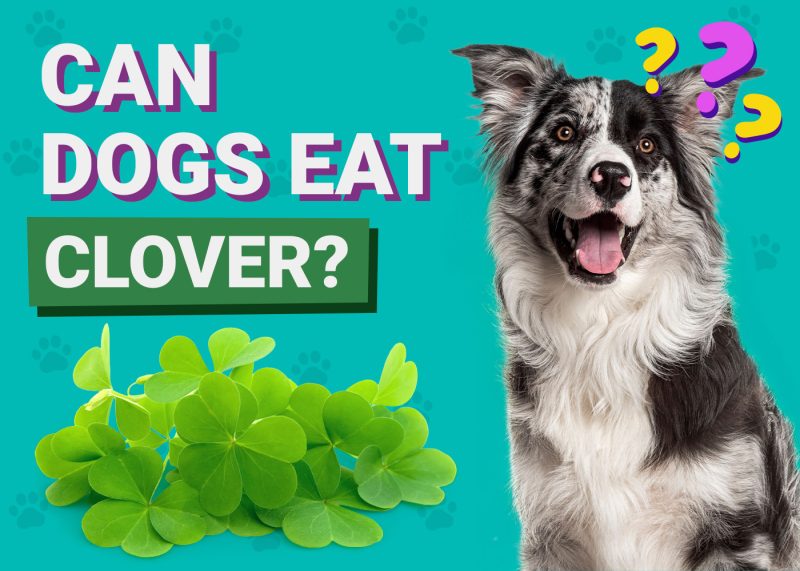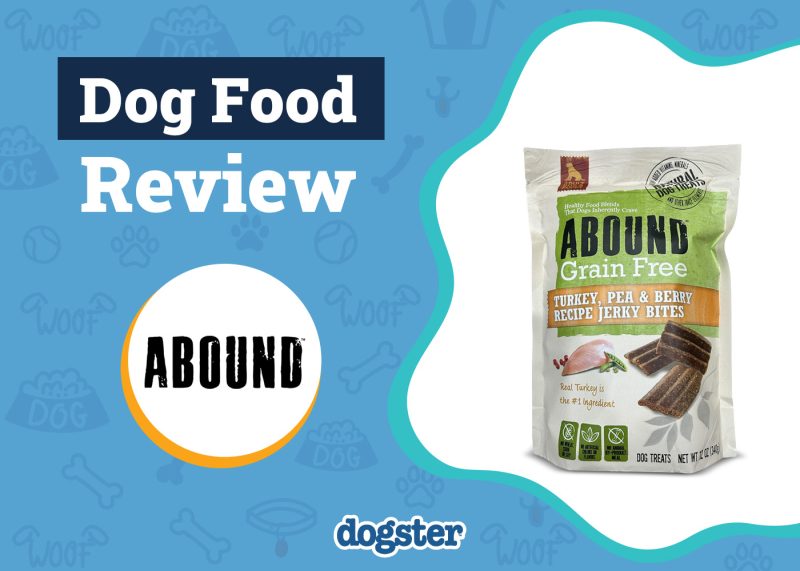In this article
TBHQ, or tertiary butylhydroquinone, is likely an ingredient that you aren’t familiar with. This chemical additive is commonly used in pet foods to extend shelf life and keep the food from going rancid. You might be surprised to know that it’s also commonly found in some processed human foods, like chips and fast food. There have long been concerns about TBHQ and its potential connections to cancer and other health problems. Should you be concerned about this ingredient in your dog’s food, though?

What Is TBHQ?
TBHQ is allowed in pet and human food and can be added in low concentrations to food as an antioxidant, but it is usually accompanied by butylated hydroxyanisole (BHA) and butylated hydroxytoluene (BHT). TBHQ, BHA, and BHT all work together to keep your dog’s food from going rancid, helping to keep it fresh for a few weeks if stored properly after opening. Both the FDA and the European Union allow these food additives, but they are restricted to certain allowable levels.
According to the FDA, the allowable levels for TBHQ must meet the following requirement:
“The total antioxidant content of a food containing the additive will not exceed 0.02 percent of the oil or fat content of the food, including the essential (volatile) oil content of the food.”1
TBHQ is also used to stabilize volatile compounds, like lacquers, varnishes, and resins. In food, it specifically works by preventing the oxidation of fats, and since pet foods are rich in fatty acids and fats, TBHQ helps to maintain these ingredients and prevent rot and breakdown.
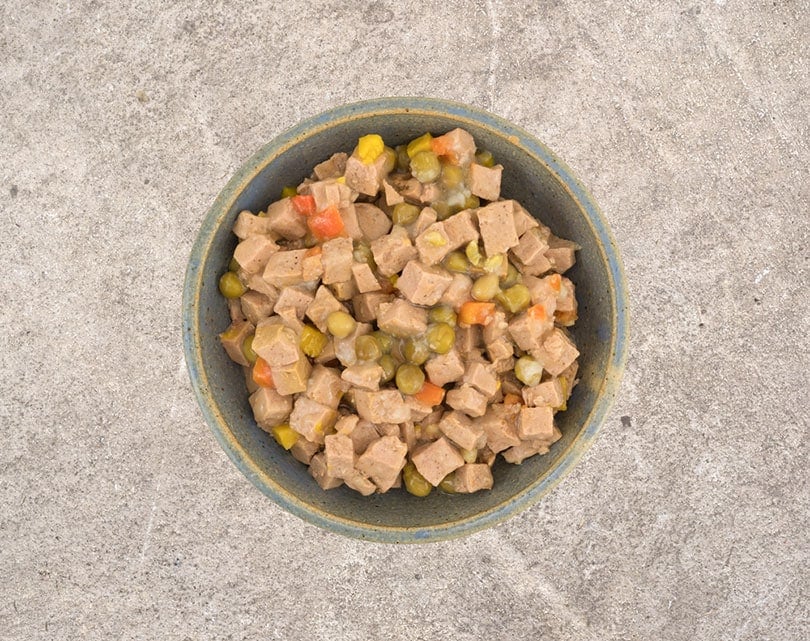
How Long Has TBHQ Been Added to Dog Food?
Even though most people aren’t familiar with TBHQ, it has actually been added to pet and human food for decades. In fact, discussions surrounding the safety of TBHQ started in the 1970s. This chemical additive is used in multiple countries, including those within the European Union, the US, Australia, Brazil, and China.
Is TBHQ a Carcinogen?
Although multiple studies have been done to determine the safety of TBHQ, none of these studies have found this chemical to be a carcinogen. Long-term toxicity studies have been performed on rats, mice, and dogs, including reproductive studies in rats, all without long-term negative side effects.
The Joint FAO/WHO Expert Committee on Food Additives (JECFA) discussed TBHQ and pertinent studies at multiple meetings between the years 1975 and 1997. In this time, they reported that no carcinogenic effects were seen from the use of TBHQ. The panel considered the dog the most sensitive species but established an acceptable daily intake of up to 0.7mg per kg of bodyweight. This applied a 100-fold safety factor as adverse effects were not seen up to 72 mg per kg per day in dogs.
One study even indicated that TBHQ may even be a useful compound in helping to prevent certain cancers. Further study is needed to confirm this finding, though.
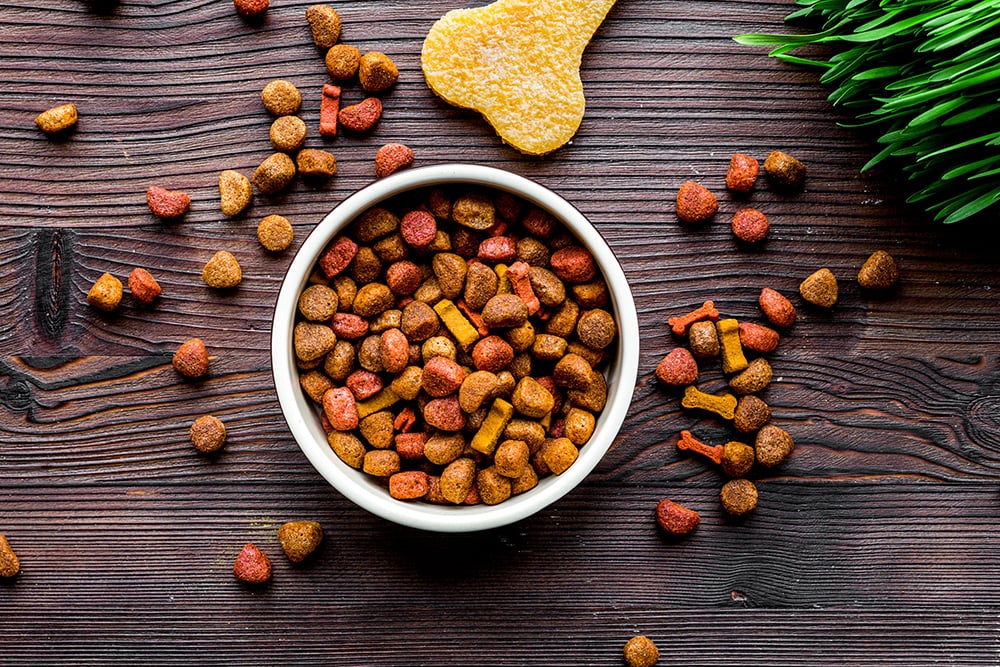
Potential Side Effects of TBHQ
With typical consumption, there is a lack of evidence that health problems are linked to TBHQ and other artificial preservatives. It has been noted that in high doses between 1 gram and 4 grams, it can cause ringing in the ears (tinnitus), nausea, vomiting, weakness, and delirium.
However, with the allowable amount of TBHQ being 0.02% or less of a food item, it would require your dog to consume an enormous amount of dog food to suffer these effects. Enough food, in fact, that your dog would likely have other, more pressing concerns due to the sheer amount of food they consumed.
Frequently Asked Questions (FAQs)
Is TBHQ Bad for My Dog?
There is no direct evidence that TBHQ is bad for dogs. It has been suggested that TBHQ may be linked to asthma, dermatitis, hyperactivity in children, exacerbations of ADHD, and alterations of estrogen levels in women. However, there are currently no studies showing negative impacts from the consumption of TBHQ within the allowable amounts.
Aren’t Chemicals Bad for My Dog, Though?
Many sites and people, often those with little to no scientific training, will claim that chemicals are “bad,” or that they have a product that is free of chemicals. The truth is that literally everything is comprised of chemicals. Air, water, and even your blood are all chemicals. Some chemicals are safe, and some are unsafe, but even with safe chemicals, the dose makes the poison. This means that even things as benign and natural as water can become toxic in high enough quantities. Current studies show no negative impacts of the consumption of TBHQ in dog food for dogs.
Are the Allowable Limits for TBHQ in Human Food the Same for Dog Food?
While there is not a set allowable limit for TBHQ in dog food, most dog food companies stick to the FDA’s recommendations of keeping the limit below 0.02% of the chemical makeup of the food. TBHQ is usually added in conjunction with BHA and BHT, both of which have set allowable limits in pet food. BHA and BHT are both restricted to concentrations of 150mg/kg. There are set limits on the levels of antioxidants that can be added to pet food, so the TBHQ that is added must fall within these guidelines, and the amount of allowable antioxidants will also be going towards the addition of BHT and BHA.


Final Thoughts
At this time, studies have shown that there is no reason to fear TBHQ in your dog’s food. It is safe for animal and human consumption, but it should be kept within certain levels for safety. Some people do choose to avoid pet foods containing TBHQ, but these foods may go bad more quickly or have a different chemical compound added to act as a preservative. Natural preservatives such as vitamin E or C are often used but they’re not as potent as synthetic ones. Therefore, extra care must be taken to store the dog food properly and use it before the ‘best by date’, to make sure it is safe and retains nutritional value.
See also:
- Menadione in Dog Food: Vet-Reviewed Safety Facts
- Sodium Selenite in Dog Food: Vet-Approved Nutrition Info
Featured Image Credit: Mart Production, Pexels









